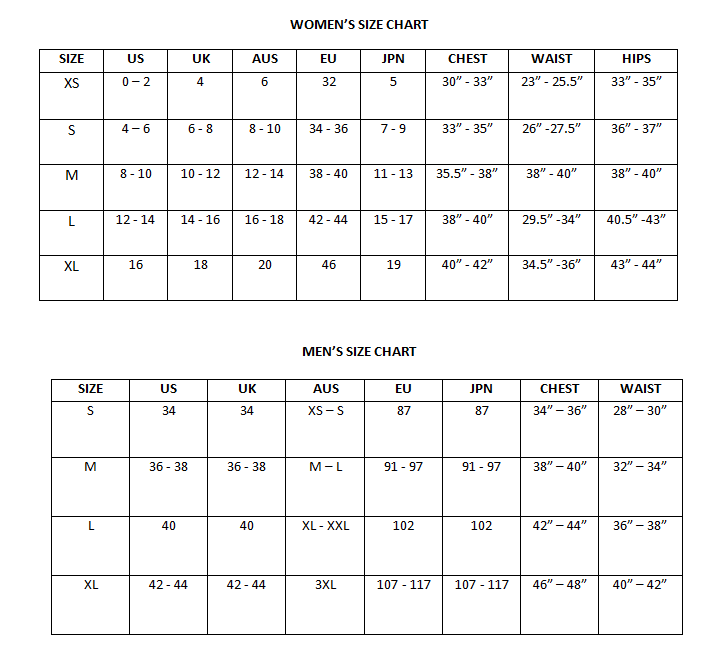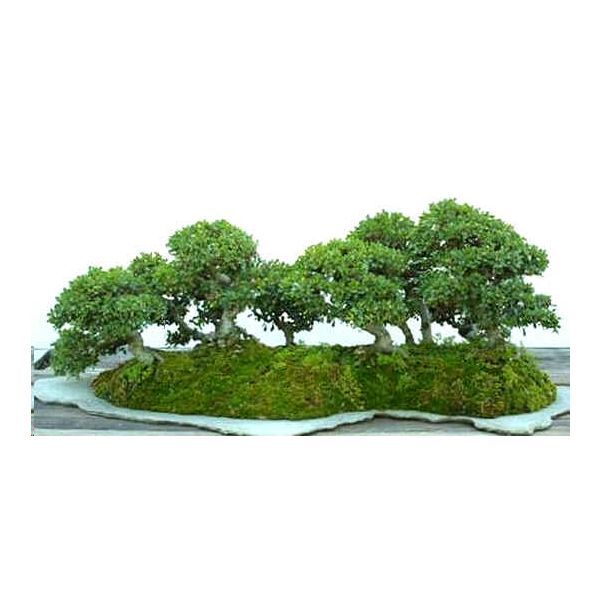Graines Ulmus Parvifolia (Graines Orme de Chine, Graines Orme Champêtre)
Graines Ulmus Parvifolia (Graines Orme de Chine, Graines Orme Champêtre)
Populaire dans l'utilisation du bonsaï car il est facile à cultiver. L'orme chinois est également souvent recommandé pour les débutants.

Delivery
All orders shipped with UPS Express.
Always free shipping for orders over US $250.
All orders are shipped with a UPS tracking number.
Returns
Items returned within 14 days of their original shipment date in same as new condition will be eligible for a full refund or store credit.
Refunds will be charged back to the original form of payment used for purchase.
Customer is responsible for shipping charges when making returns and shipping/handling fees of original purchase is non-refundable.
All sale items are final purchases.
Help
Give us a shout if you have any other questions and/or concerns.
Email: contact@domain.com
Phone: +1 (23) 456 789
Availability: En stock
SKU
Ulmus Parvifolia
Ulmus parvifolia, communément connu comme l'Orme chinois, est une espèce originaire de Chine, du Japon, de Corée du Nord et du Vietnam. Il a été décrit comme «l'un des plus beaux ormes, ayant l'aplomb d'un Nothofagus gracieux ».
Il est populaire dans l'utilisation du bonsaï car il est facile à cultiver. Sa robustesse lui permet de tolérer un certain type d'erreurs de maintenance.
L'orme chinois est également souvent recommandé pour les débutants.
Cet arbre pousse jusqu'à 10-18 m de hauteur avec un tronc élancé. Ses feuilles coriaces, sont vertes brillantes et de petite taille (de 2 à 5 cm de long et de 1 à 3 cm de large).
Les fleurs sont pollinisées par le vent et sont produites en début d'automne.
Le fruit est une Samara de 10-13 mm de long et 6-8 mm de large. Il mûrit rapidement.
Le tronc a une belle écorce grise tachetée de bronze et de rouge.
Zones de rusticité:
Planter cet arbre dans des zones de rusticité 5 à 8. Il préfère le plein soleil ou la mi-ombre.
Conditions du sol
Cultivez l'orme chinois dans un sol qui est bien drainé pour obtenir de meilleurs résultats. Il s'adapte à différents types de conditions. Il tolère aussi bien les sols acides et alcalines.
| label | Ulmus parvifolia |
|---|---|
| Nom commun | Chinese Elm |
| Genre | Ulmus |
| Espèce | Ulmus parvifolia |
| Germination | Fill a planting tray with potting soil. Use a sandy or loamy potting soil that drains well and doesn?t retain water. The planting tray should also have holes in the bottom to help with drainage. Place the seeds on top of the potting soil at regular intervals, leaving two to three inches of space between each seed. Cover the seeds with more potting soil to a depth of 1/4 inch. Water the potting soil in the planting tray as soon as you?ve finished sowing the seeds. Continue to add water until the soil is fully saturated and water begins to run from the drainage holes in the bottom of the tray. Place the planting tray in a cold frame or greenhouse in a warm area that gets plenty of direct sunlight. The seeds should start to germinate within a few days. Keep the seeds in the greenhouse or frame through the winter, watering them whenever the soil becomes dry to the touch. Repot the seedlings when they grow to a height of about 6 inches, usually toward the end of the following growing season. Divide the seedlings and repot them into their own containers. Keep the repotted plants in the greenhouse or frame during the following winter. Plant the seedlings in the garden during the late spring or early summer. Choose a planting location that is in partial shade or fully exposed to sunlight. Ulmus parvifolia is adaptable and grows well in most types of soil -- from light and sandy soil to heavier clay soil -- providing it is well-drained. The tree is drought tolerant, and shouldn't require additional watering or fertilizing once planted in its permanent location. |
| Price View | Tranche de prix |

